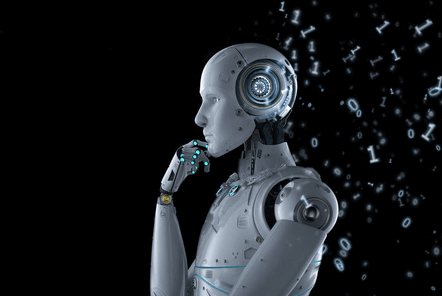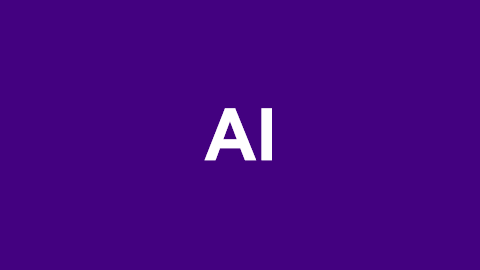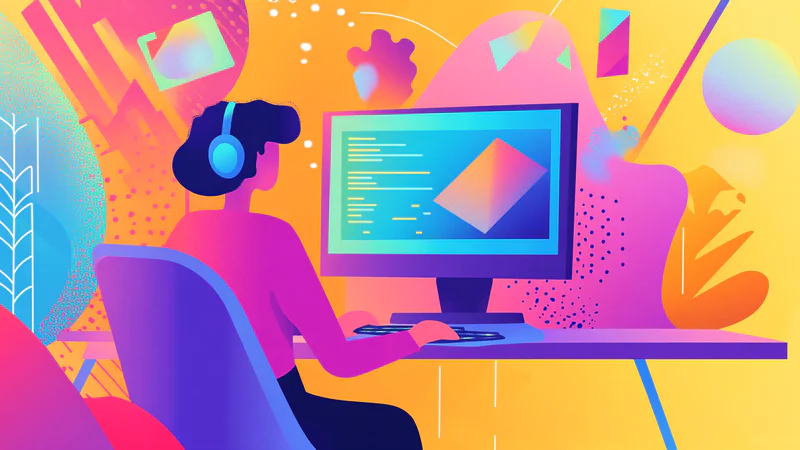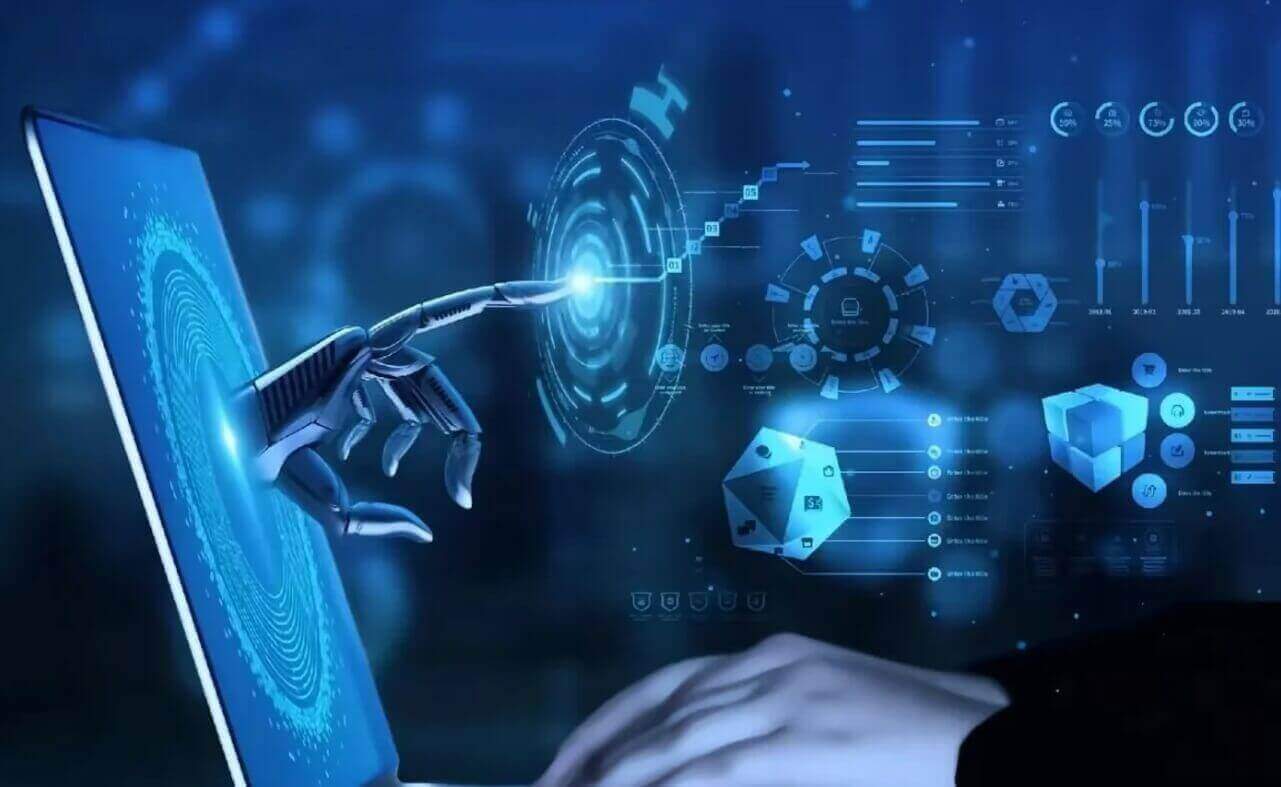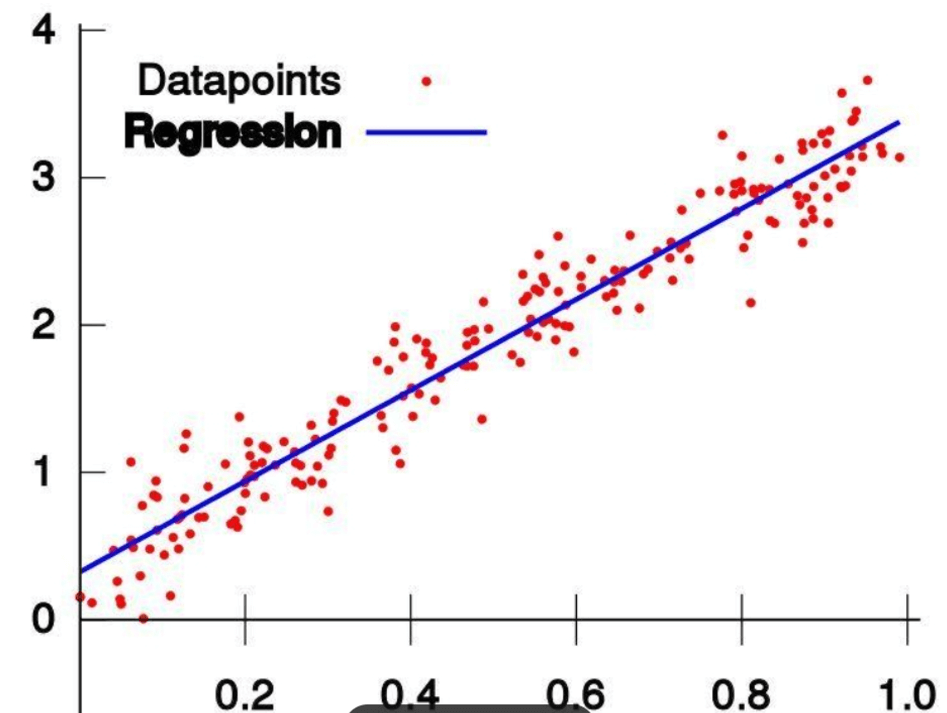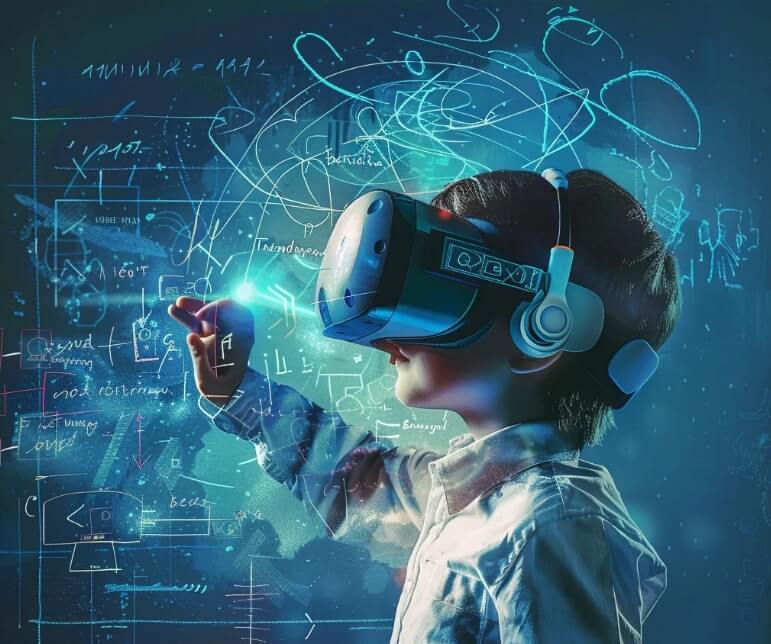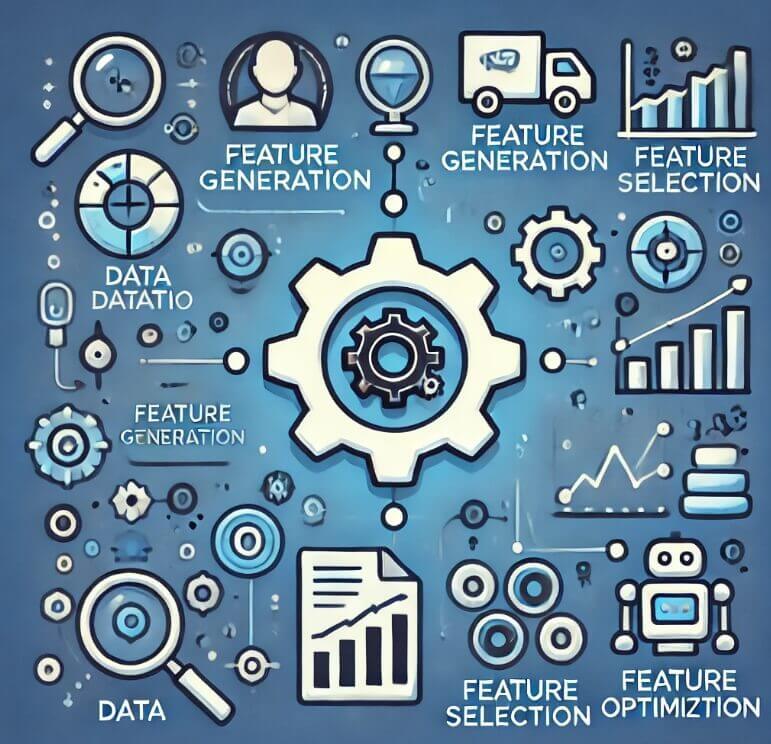In the era of AI, three core skills—reading, writing, and querying—must evolve. This includes enhancing reading skills (e.g., learning new vocabulary, reading AI content), evolving writing abilities (focusing on grammar and syntax, practicing prompt engineering), and mastering querying techniques (practicing search queries, learning database queries). The future of human-AI collaboration lies in combining human creativity with AI's analytical capabilities.
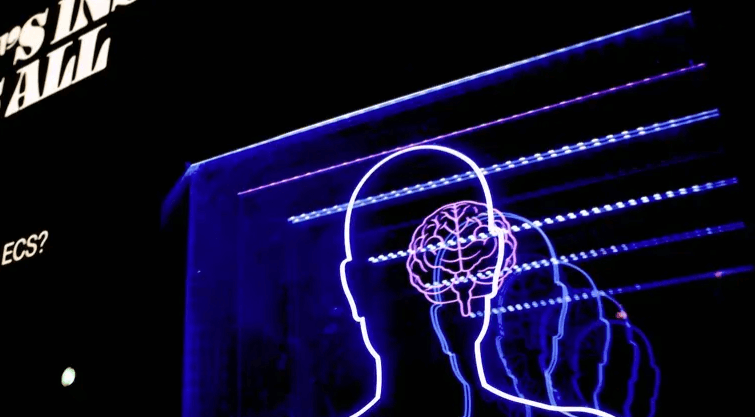
Vectorized Thinking: A Relational Approach to Problem-Solving
Vectorized thinking is a relational way of thinking that helps us efficiently navigate through vast information networks.
In 2014, Google’s groundbreaking innovation changed how machines understand language: the self-attention model. This innovation allowed AI to capture the context and meaning of human communication by converting words into mathematical vectors. These vectors are precise digital representations that reflect relationships between ideas. Today, this vector-based approach has evolved into complex vector database systems that operate similarly to the way the human brain processes and retrieves information. This fusion of human cognition and AI technology has not only transformed how machines work but also redefined how we communicate with machines.
1. How Our Brain Instinctively Operates Using Vector Thinking
You can think of vectors as the “GPS coordinates” of ideas. Just as GPS locates places using numerical data, vector databases use mathematical coordinates to map concepts, meanings, and relationships.
When you search in a vector database, you're not just looking for an exact match; you're looking for patterns and associations, much like your brain works when recalling something.
Imagine searching for a lost car key. Your brain doesn’t systematically check each room; instead, it quickly retrieves relevant memories based on context and similarity. This is precisely how a vector database works.
2. The Evolution of Three Core Skills
In this AI-enhanced future, the key to success lies in evolving what I call the “three core skills”: reading, writing, and querying. These skills, which may seem familiar, need to be fundamentally altered in how they are used in interaction with AI.
Reading is no longer just about understanding human language; it’s about mastering both human and machine contexts.
Writing has become a precise, structured form of expression that can be efficiently processed by machines.
Querying might be the most crucial new skill, requiring us to learn how to navigate the vector-based information network, combining human intuition with machine efficiency.
3. Mastering "Vectorized Communication"
Imagine an accountant facing a complex financial issue. Traditionally, they might rely on their experience and manually search through numerous documents for answers.
In the AI-enhanced future, they will use vectorized systems, which extend their professional intuition.
When describing a problem, AI won’t just search for keywords but will understand the context of the problem and extract related financial concepts, regulations, and past cases from a vast network.
The key is to learn how to communicate with these systems, combining human expertise with AI’s pattern recognition abilities.
However, mastering these evolved skills is not as simple as learning new software or memorizing prompt templates; it’s about understanding the connections and relationships between pieces of information—thinking in a “vectorized” way, much like the brain does.
When you describe a concept to AI, you’re not just passing on words; you’re helping it navigate a vast map of meanings. The deeper your understanding of these connections, the more efficiently you can guide AI to find the insights you need.
4. Taking Action: Cultivating Core Skills for the AI Era
Are you ready for the AI-enhanced future?
Here are some specific steps to help you develop the “three core skills”:
Enhancing Reading Skills
In the AI era, reading requires more than just understanding—it requires the ability to quickly process and synthesize complex information. Here are some methods to improve this skill:Learn two new words daily
Pick two new words from technical documents or AI research papers. Write them down and practice using them in different contexts. This helps build the professional vocabulary needed for effective communication with AI systems.Read 2-3 pages of AI-related content daily
Focus on technical blogs, research summaries, or industry publications. The goal is not just to absorb content but to develop the ability to extract patterns and relationships from technical texts.Practice reading documentation from major AI platforms
Understanding how different AI systems describe themselves, their functions, and limitations helps improve mastery of these systems.Evolving Writing Skills
Writing for AI requires precision and structure to ensure machines can accurately understand your intent:Deliberately practice grammar and syntax
AI language models rely on patterns, so becoming familiar with sentence structure helps create more effective prompts.Write three new prompts daily
Practice creating new prompts, analyze, and optimize them. Notice how subtle changes in structure and wording affect AI responses.Incorporate querying mindset in writing
While writing, include database thinking by clearly defining the type of information you’re requesting and its organization.Mastering Querying Skills
Querying is one of the most important new skills in AI interaction, and the key is learning to ask questions that fully leverage AI capabilities:Practice writing search queries for traditional search engines
Start with simple queries and gradually increase complexity and precision, building a solid foundation for AI prompts.Learn basic SQL concepts and database query structures
Understanding how databases organize and retrieve information helps develop a systematic approach to extracting information.Experiment with different query formats in AI tools
Test how different phrasing and structures affect results, and document the most effective ways for various types of requests.
5. The Future of Human-AI Collaboration
The similarity between human memory and vector databases goes far beyond simple information retrieval. Both excel at compression, distilling complex information into manageable patterns; both organize information hierarchically, from specific examples to broad concepts; and both are adept at recognizing seemingly subtle similarities and patterns.
This shift isn’t just about professional efficiency; it represents a fundamental change in how humans interact with information and technology. Just as literacy profoundly altered human society, these evolved communication skills will be key to participating in an AI-enhanced economy.
However, unlike previous technological revolutions that sought to replace human abilities, this transformation is about enhancement. Even the most advanced vector databases and AI systems lack the uniquely human qualities of creativity, intuition, and emotional intelligence.
The future belongs to those who can think and communicate in vectors—not to replace human thought, but to augment it.
Just as vector databases combine precise mathematical representation with intuitive pattern matching, successful professionals will merge human creativity with AI’s analytical power. This is not about competing with AI or simply learning new tools; it’s about evolving our communication skills to harmoniously coexist with these new cognitive technologies.
In this new era of human-machine collaboration, our goal is not to be better than AI at computation, but to complement its capabilities. The starting point for transformation is not mastering new software but understanding how to translate human insights into vectors and pattern languages that AI systems can understand.
By embracing this change in communication and information processing, we can create a future where technology enhances—not replaces—human capabilities, leading to unprecedented levels of creativity, problem-solving, and innovation.
